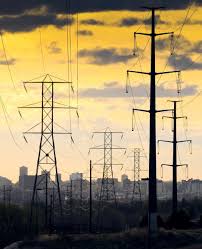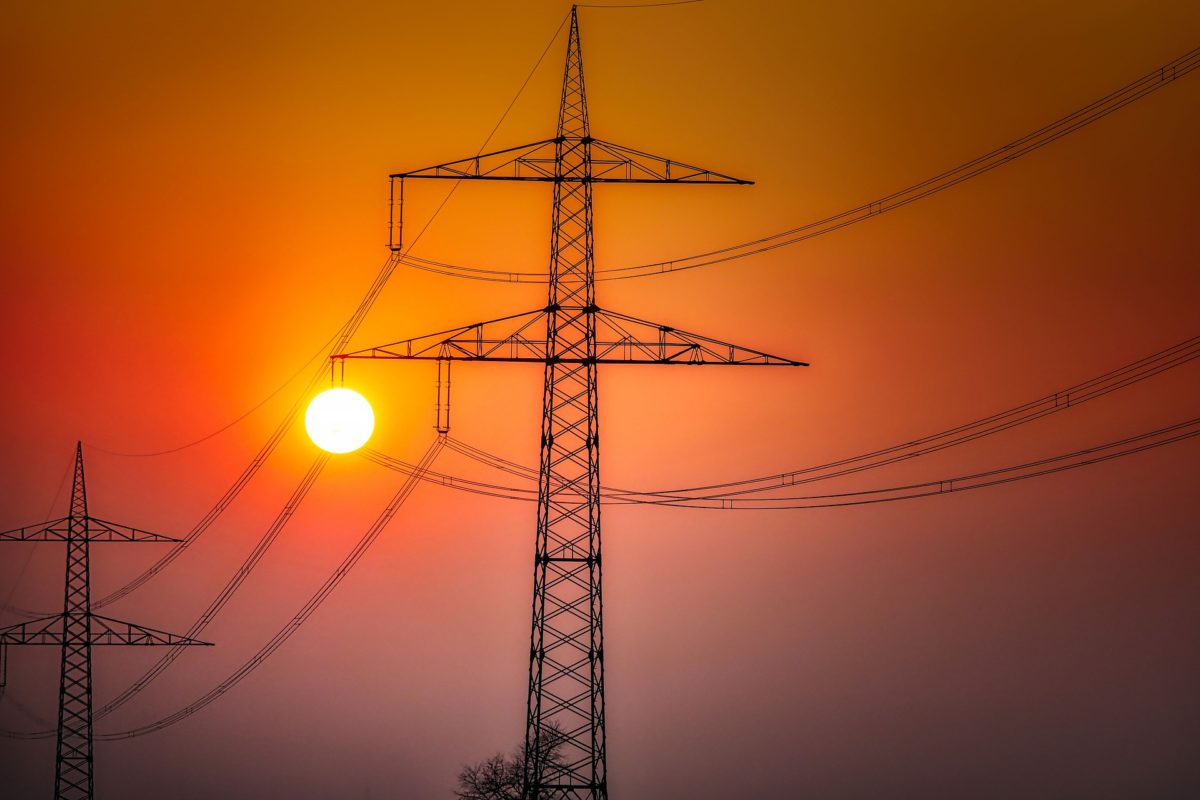Significant progress has been made to decarbonize U.S. electricity, largely driven by impressive renewable energy growth. But one critical issue, left unaddressed, will almost certainly derail ambitious climate and clean energy goals: interconnection.
Interconnection policies determine how efficiently distributed energy resources (DERs), like solar and energy storage, can connect to the electric grid. The Interstate Renewable Energy Council (IREC) has participated in state-level regulatory processes to reform interconnection policies for DERs for over a decade, in over 35 states.

In that time, we’ve come to realize that without a radical rethinking of interconnection policies, it is highly unlikely that the U.S. will be able to deploy DERs at the speed and scale needed to meet bold climate goals.
Reaching a breaking point
Historically, there have typically been two or three state interconnection dockets active in a given year. Today, we are seeing a flood of interconnection dockets across the country, showing how this issue is already coming to a head.
Some states are opening interconnection dockets proactively, realizing reform will be needed to meet clean energy targets. For many others, it’s because the failures of current interconnection policies are becoming apparent as DER deployment grows.
Interconnection policies that were developed at a time of lower DER penetrations are failing in a number of areas, including interconnection timelines; compatibility with energy storage; distribution of grid upgrade costs; and lack of data accessibility.

Interconnection processes are often slow and cumbersome, and timeline accountability is hard to come by. When an excess of complaints about interconnection delays led Minnesota regulators to fine Xcel Energy $1 million in January, it was a rare victory for solar customers and project developers.
Beyond the need for accountability to reasonable timelines, interconnection policies need to move away from project-by-project approval toward a more streamlined approach. California is one state exploring expedited screening for certain types of projects.
Energy storage shortcomings
Another major shortcoming of most interconnection policies is how they deal with energy storage, which will be a critical component on a grid with high levels of renewables. Most interconnection policies do not recognize the unique characteristics of storage, and the process of interconnecting this technology remains complex and unclear in many states.
The allocation of grid upgrade costs is another area where significant interconnection reform will be needed to enable a future of high renewables. Currently, if upgrades are required to accommodate additional DERs on a circuit, the project that “triggers” the upgrades must pay the full cost.
These costs, often hundreds of thousands of dollars, can kill the economics of a project. This limits project development, delays needed infrastructure investments and leaves whole sections of the distribution grid closed to DER development. A few states, including Massachusetts and Maryland, are exploring new approaches to distribute upgrade costs across multiple projects and ratepayers and enable proactive grid investments.
Lack of access to grid data
Accessibility of data on grid conditions is another element of interconnection policies that needs reform. This data, such as which circuits have room for additional DER capacity, could significantly streamline the interconnection process. It could also allow developers to tailor projects to grid conditions—such as by choosing locations that don’t require upgrades, or proposing operating “schedules” to limit export to the grid at certain times.

Image: Wikimedia Commons/Tony Webster
Currently, few utilities make this data easily available with the level of detail and accuracy to make it actionable. States including California and Minnesota are making progress in this area and provide lessons for other states.
While interconnection reform is complex, solutions exist for each of these challenges. But commitment to holistic interconnection reform will be essential to achieving the change needed to reach high levels of renewables.
In subsequent articles in this series, IREC will delve into several of these issues, drawing from solutions developed in states around the nation.
Gwen Brown is communications director at the Interstate Renewable Energy Council. This article is part of a four-part series on interconnection reform. In the next article, we will explore why power control systems are essential to unlock the full value of energy storage on the grid and how interconnection policies must change to enable this. Subsequent articles will explore the need for greater accountability and data access and transparency in the interconnection process.
The views and opinions expressed in this article are the author’s own, and do not necessarily reflect those held by pv magazine.
This content is protected by copyright and may not be reused. If you want to cooperate with us and would like to reuse some of our content, please contact: editors@pv-magazine.com.








Good article. But there is a problem with this statement:
“Another major shortcoming of most interconnection policies is how they deal with energy storage, which will be a critical component on a grid with high levels of renewables.”
Storage would only be a critical component if the grid is a “parochial” one, limited only to a certain region of the world. If we were to construct a supergrid connecting the entire planet, only a very limited amount of storage would be needed to smooth out small short run fluctuations in available energy.
If you doubt the technical feasibility of such a grid, read the IEEE Spectrum article by Clark W. Gellings, a leading grid expert, to which my article supplies a link.
The technical feasiblity of such a grid might not prove impossible, but the timing of building such a grid, will necessitate storage in the meantime.